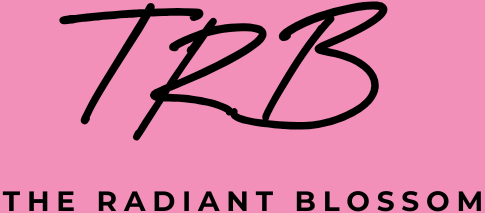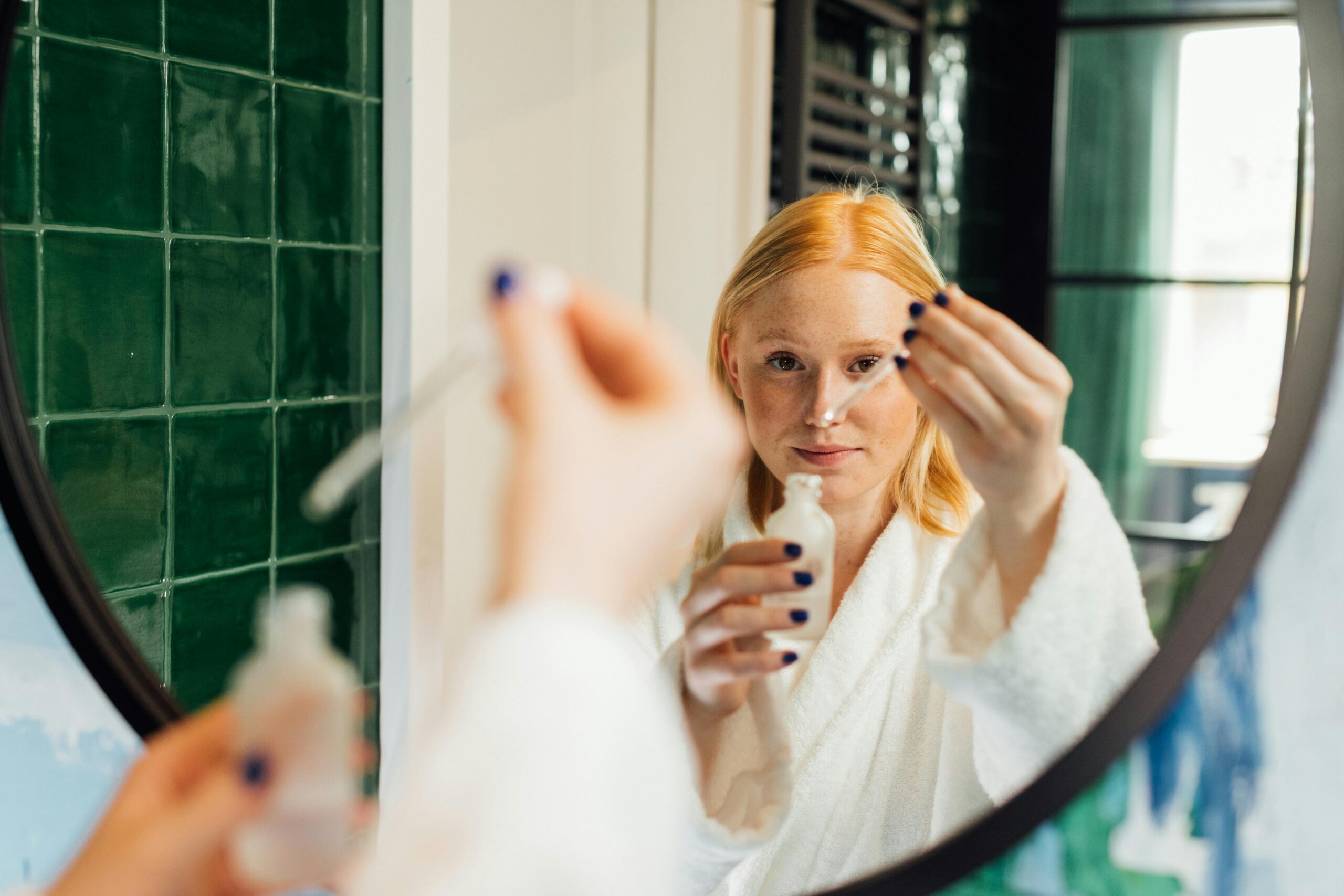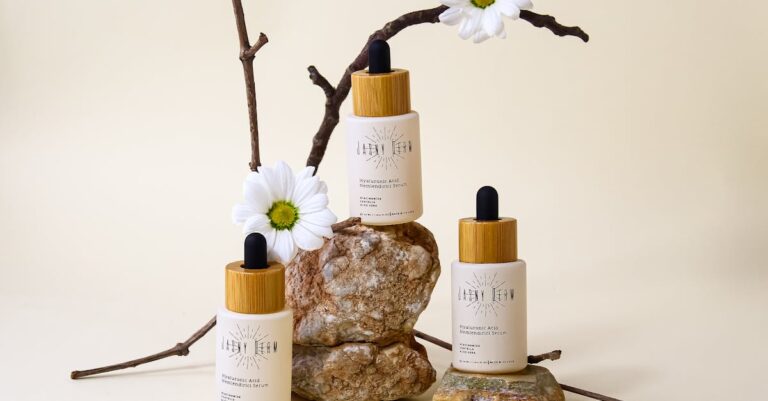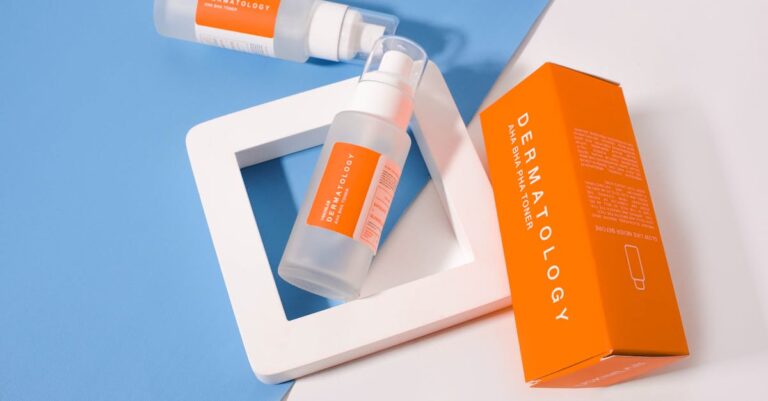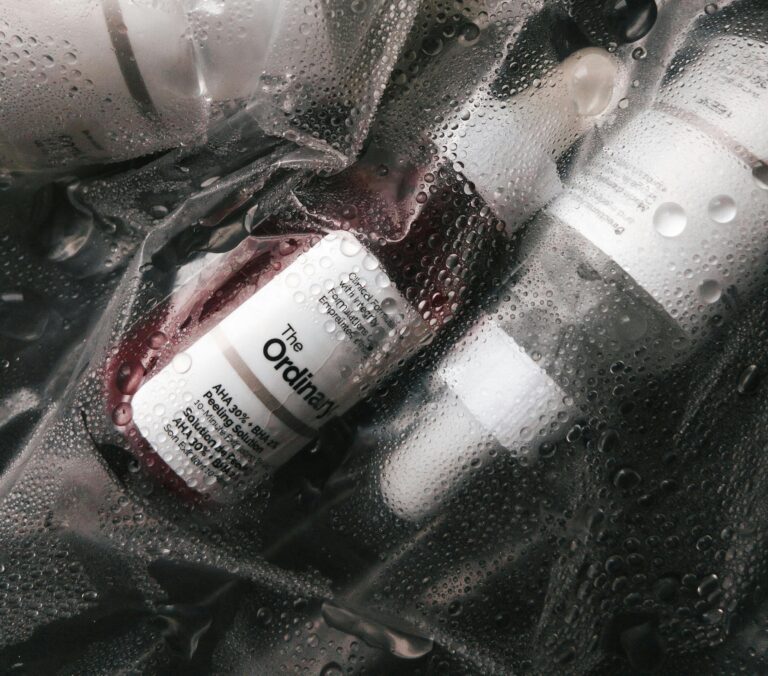Retinol is one of the most powerful skincare ingredients for reducing fine lines, improving texture, and promoting cell turnover. However, it can also be irritating if not introduced properly. This guide will help you incorporate retinol into your skincare routine safely and effectively.
What Is Retinol?
Retinol is a vitamin A derivative that increases cell turnover, boosts collagen production, and helps fade hyperpigmentation. It’s commonly used for treating acne, fine lines, and uneven skin tone. Retinol belongs to the retinoid family, which includes prescription-strength options like tretinoin and over-the-counter versions like retinol and retinaldehyde.
Benefits of Retinol
✔ Stimulates collagen production, reducing wrinkles and fine lines ✔ Improves skin texture and tone ✔ Helps fade dark spots and hyperpigmentation ✔ Reduces breakouts by unclogging pores ✔ Enhances skin’s natural renewal process
While retinol has incredible benefits, it must be introduced gradually to avoid irritation.
How to Start Using Retinol
Step 1: Choose the Right Strength
Beginners should start with a low concentration (0.1%–0.3%) before gradually increasing potency.
✔ Low-strength (0.1%-0.3%) – Best for sensitive or beginner users. ✔ Mid-strength (0.3%-0.5%) – Suitable for those who have adjusted to retinol. ✔ High-strength (0.5%-1%) – For experienced users seeking stronger effects.
Step 2: Start Slowly
To minimize irritation, follow the low and slow method:
- Use once or twice a week at first.
- Gradually increase frequency as your skin builds tolerance.
- If irritation occurs, reduce usage and apply a moisturizer beforehand (the sandwich method).
Step 3: Apply at Night
Retinol makes the skin more sensitive to sunlight, so always apply it at night and wear SPF 30+ during the day.
Step 4: Follow with Hydration
Retinol can be drying, so follow up with a moisturizer to keep your skin barrier strong.
What to Expect When Starting Retinol
It’s common to experience temporary side effects, such as: ✔ Dryness and flaking ✔ Redness or mild irritation ✔ Purging (temporary breakouts as clogged pores clear out)
These effects typically subside after 2-4 weeks as your skin adjusts. If irritation persists, reduce usage or switch to a lower strength.
What Not to Mix with Retinol
Some ingredients can increase irritation when used with retinol:
❌ Exfoliating acids (AHAs, BHAs) – Can over-exfoliate the skin.
❌ Benzoyl peroxide – Can deactivate retinol.
❌ Vitamin C – May cause sensitivity; use it in the morning instead.
Instead, pair retinol with hydrating and soothing ingredients like:
✔ Hyaluronic acid – Provides hydration.
✔ Ceramides – Strengthens the skin barrier.
✔ Niacinamide – Reduces redness and irritation.
When Will You See Results?
✔ 4-6 weeks – Smoother texture, fewer breakouts.
✔ 8-12 weeks – Noticeable reduction in fine lines and dark spots.
✔ 3-6 months – Significant long-term improvement in skin tone and elasticity.
Patience is key—consistent use over time will yield the best results.
Final Thoughts
Retinol can be a game-changer for your skin, but introducing it gradually is essential to avoid irritation. Start with a low dose, apply it at night, and always wear SPF during the day. With consistency, you’ll begin to see healthier, more radiant skin!
Are you using retinol in your routine? Share your experience in the comments!
